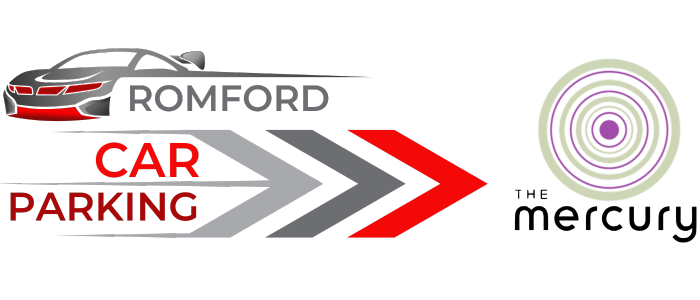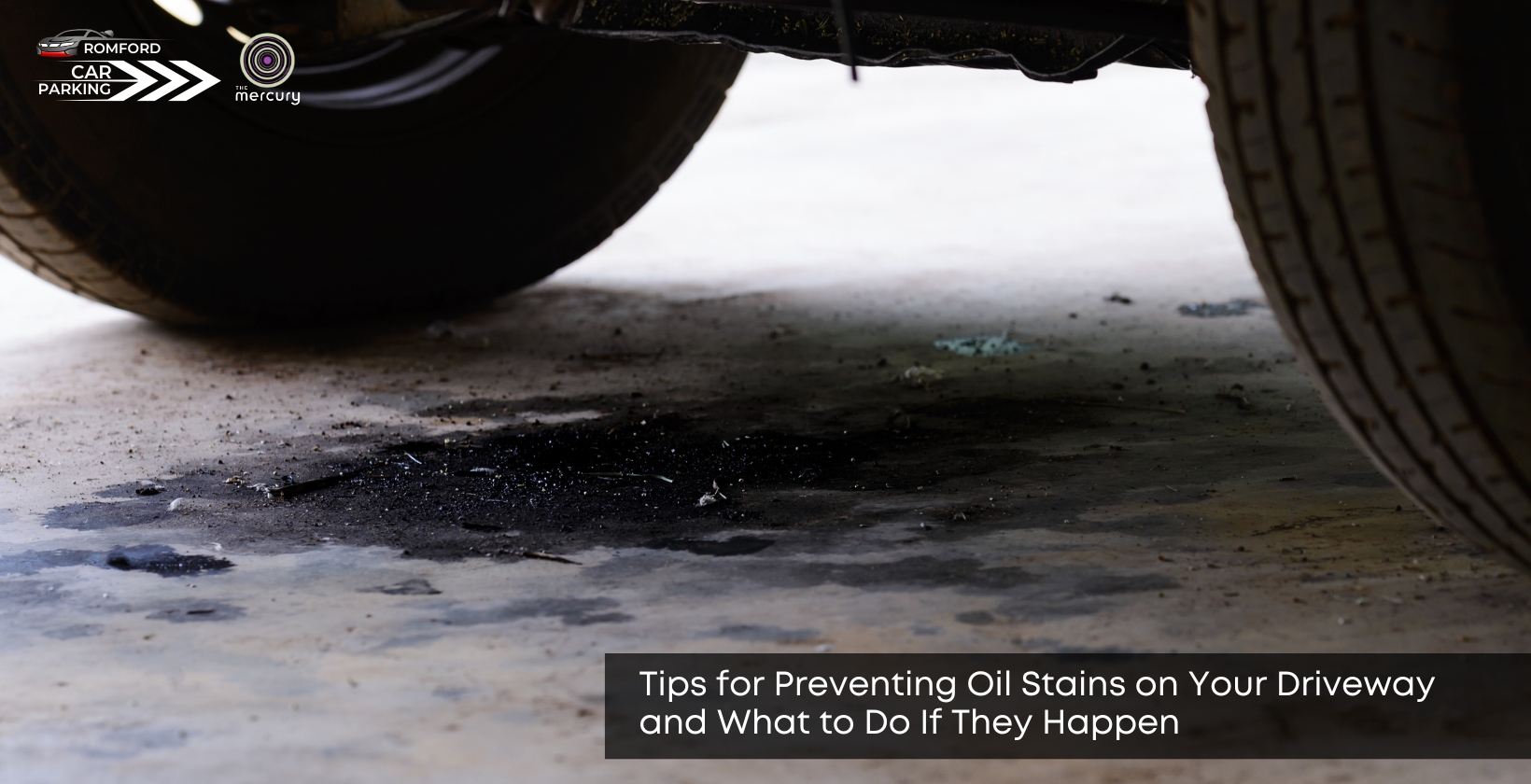Oil stains can make your driveway look messy and worn. They also soak into the surface, making them hard to remove. If left untreated, they may cause lasting marks or damage. This guide will help you understand how to stop stains before they start. Let’s begin by looking at where these stains come from.
What Causes Oil Stains on Driveways?
Oil stains often come from cars that leak fluid. Engine oil is the most common, but other fluids like brake or coolant can also leave marks. These leaks may happen without you noticing. Even a small drip each day can build up over time. If these leaks are left alone, they can do more than leave marks, they can damage your driveway.
Can Oil Stains Permanently Damage My Driveway?
Yes, oil can damage your driveway if it stays for too long. It seeps into the surface, especially on concrete and asphalt. Over time, it can weaken the material or cause cracks. Oil also attracts dirt, making the stain look worse. The best way to avoid this damage is to stop oil leaks at the source, starting with your car.
How Can I Prevent Oil Leaks from My Car?
The best way is to check your car for leaks often. Look under the engine area for dark spots. If you see anything unusual, get it looked at by a mechanic. You can also place a drip tray under your car when parked. But even with care, leaks can still happen, so it’s smart to protect your driveway just in case.
What’s the Best Way to Protect My Driveway Surface?
Sealing your driveway can prevent oil from soaking in. A sealer acts like a layer of protection on top of the surface. You can also use absorbent mats or parking pads under your car. These are easy to clean or replace if needed. But what should you do if oil spills onto your driveway despite these efforts?
What Should I Do Immediately After an Oil Spill?
Try to clean the oil as soon as you see it. First, add something absorbent, like cat litter or baking soda. Let it sit for a few hours to soak up the oil. Then, sweep it away and scrub the spot with soap and warm water. If you missed a spill earlier, don’t worry, there are still ways to deal with old stains.
Can I Remove Old or Set-In Oil Stains?
Old stains are harder to clean but not impossible. You can use a special driveway cleaner or degreaser from a shop. Scrub the area well and rinse it with water. For deep stains, you should do this more than once. The right products can make this job easier.
What Are the Most Effective Products for Preventing and Cleaning Oil Stains?
Driveway sealers help stop oil from getting into the surface. Absorbent pads and drip trays are good for catching leaks. For cleaning, try a degreaser or a cleaner made for oil stains. Many of these are safe for concrete and asphalt. If you’re looking for safer, greener choices, there are eco-friendly options too.
Are There Eco-Friendly Ways to Deal with Oil Stains?
Yes, there are safer ways to clean up oil. Instead of harsh chemicals, you can use baking soda, vinegar, or washing-up liquid. These are better for the environment and safe for pets. Be sure to throw away any oily waste properly. By caring for your driveway and the environment, you keep both in better shape for the future.
A Clean Driveway Starts with Small Steps
Oil stains are a common problem, but they don’t have to last. With simple steps, you can stop them before they start. Check your car often, use sealants or mats, and clean up spills immediately. These tips will help keep your driveway neat and strong for years. With the right habits, you can protect your driveway without much effort.


Leave a Reply